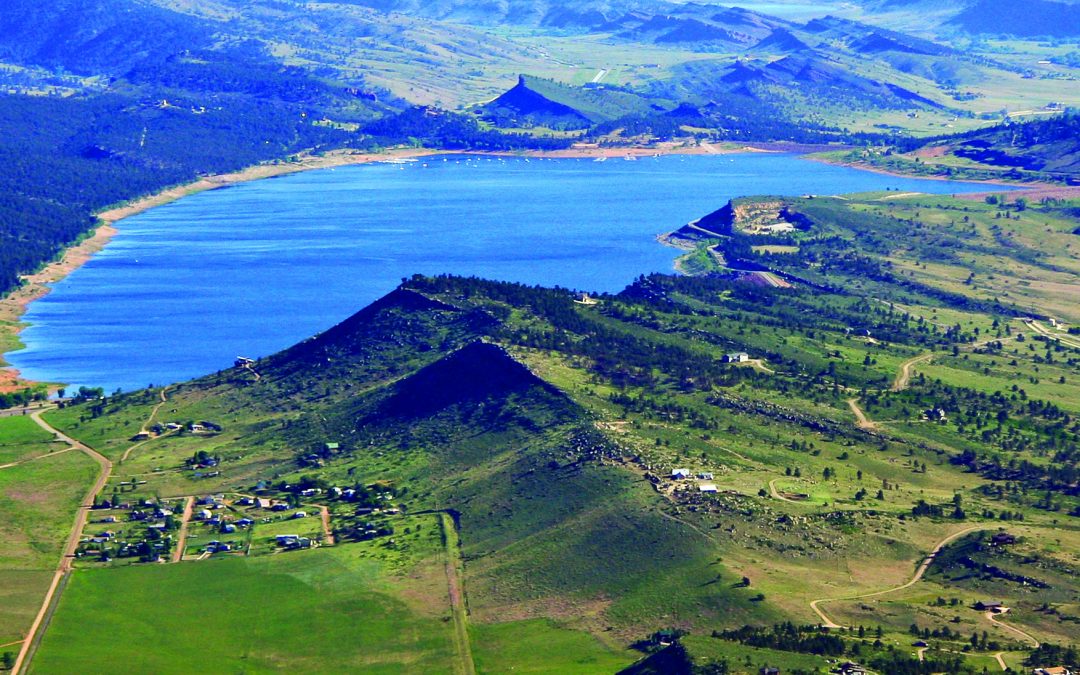Throughout Colorado, the ability to obtain adequate water supplies for cities, industries, power and farmers hinges on water infrastructure.
 Much of that infrastructure was built at least a half century ago. Ninety-five percent of the water storage we have today, for example, was either built or well underway by 1960.
Much of that infrastructure was built at least a half century ago. Ninety-five percent of the water storage we have today, for example, was either built or well underway by 1960.
In northern Colorado, the half-century-old Colorado-Big Thompson Project anchors the water supply. The largest transmountain diversion system in the state, the Colorado- Big Thompson annually moves 230,000 acre feet of water (an acre foot of water can cover a football field to a depth of one foot) on average from the Colorado River Basin to the northern Front Range, reaching 640,000 acres of farms and 850,000 people. Completed in 1957, the project took two decades to construct. More than 50 years later, Northern Water, which manages the project, continues to pursue supplemental projects to serve a growing population that are only possible because of extra capacity built into the original design.
“We really need to put our shoulder to the wheel and figure out how we’re going to do what needs to be done in regard to water management. You don’t want to get to a point where you’re managing by crisis.” – Eric Wilkinson
Eric Wilkinson, general manager of Northern Water and chair of the Colorado Water Conservation Board, commends the leaders who had the initiative, foresight and ingenuity to implement such well thought-out projects, without waiting for a crisis to strike. Now, he believes our generation likewise has a responsibility to look ahead and leave future generations better off. “We really need to put our shoulder to the wheel and figure out how we’re going to do what needs to be done in regard to water management,” says Wilkinson. “You don’t want to get to a point where you’re managing by crisis.”


 Print
Print